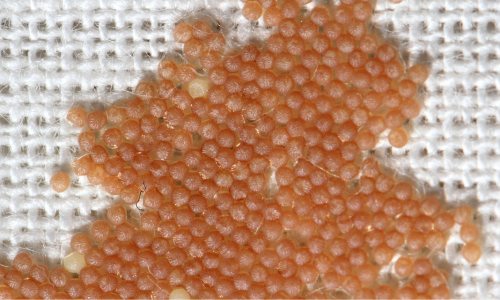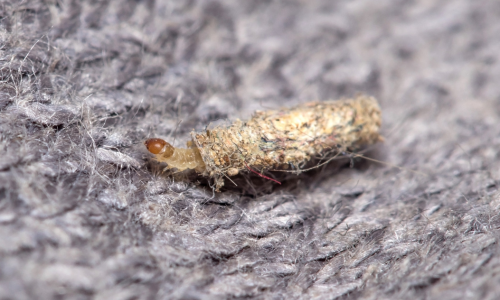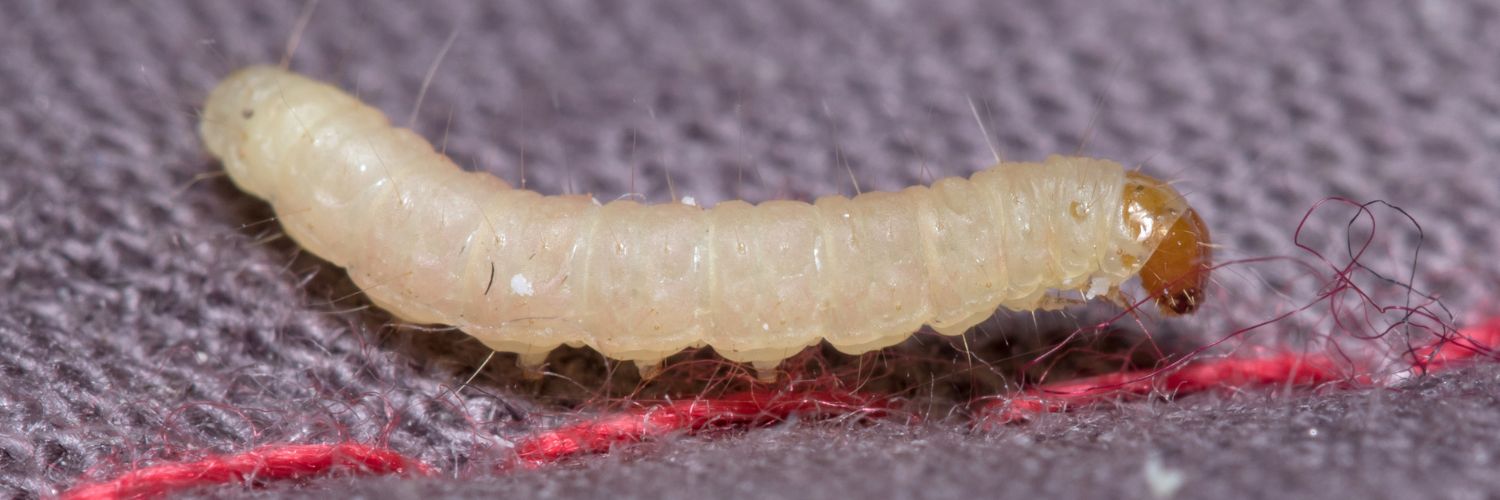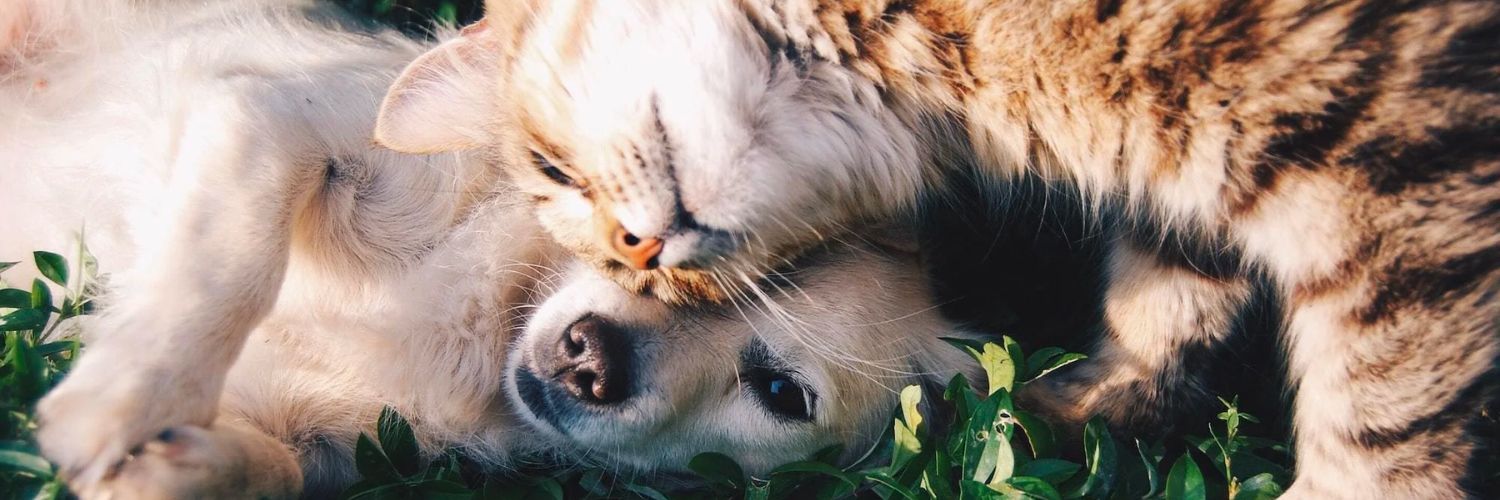Clothes moths are small, winged insects frequently seen in residences and other indoor settings. They are drawn to anything composed of natural fibers like wool, silk, fur and feathers, which they consume and utilize to lay their eggs. If left uncontrolled, clothes moths can seriously harm clothing, carpets and other home objects because their larvae feed on the fibers of these fabrics, leaving behind unattractive holes and damage.
There are two common species of clothes moth: webbing clothes moths (Tineola bisselliella) and case-bearing clothes moths. While webbing clothes moths and case-bearing clothes moths are very similar, webbing clothes moths are known as “the common clothes moth,” as they are more prevalent. In this article, I’ll answer the question of how long clothes moths live by helping you to understand their life cycle. Thus, if you find that you have clothes moths in your home, you’ll be well aware of how quickly (or not so quickly) they’re reproducing and how long it might take to rid your home of them.
What is a quick overview of a clothes moth’s life cycle?

Eggs are laid. On average, the female lays 40 to 50 eggs, eggs that quickly mature (only 4 to 10 days) and then hatch within 10-21 days.
Damaging larva hatch. These destructive larvae feast (and feast). Webbing clothes moths ferociously feed for 35 days or more, whereas case-bearing clothes moths fiercely feed for 68 to 87 days.
Resting pupae grow. Hidden locations are chosen. A silken cocoon, in which fibers from infested fabric and excrement are contained, becomes their new home for 8 to 40 days, depending on the season.
Adult moths emerge. They mate and reproduce, but do not feed or cause damage to materials. The females of both species die soon after depositing their eggs; whereas their male counterparts go on to mate for another month, until their lives, too, come to an end.
Clothes moths go through complete metamorphosis—egg, larva, pupa, adult—each stage of which marks a significant turning point in their existence. As with many creatures, their total development time depends greatly on food availability, temperature and humidity. Generally, their lifespan is around two to three months long, though in some cases they can survive up to a year (or more).
The egg stage: Where do clothes moths lay eggs?
Soft, white eggs are deposited among the threads of your cashmere sweater and other keratin-rich fabrics. The eggs are sticky, being fastened by a gelatinous, gluey material so as to not readily be shaken off. These pinhead sized eggs are laid singly or in groups over a period of two to three weeks, after which the female dies. Humidity and warm temperatures are needed for proper maturing of the eggs.
The larvae stage: How destructive are they?
The newly hatched larvae, white or cream colored with brown heads, look like wiggling pieces of rice. They are voracious feeders with an insatiable appetite, starting out at less than one-fifth inch long and growing to be as large as one-half inch. These greedy little feasters happily digest the fabrics they came into being on and will feed primarily on clothes and other articles that are made of wool, silk, leather, feather and fur. Though, if synthetic materials (or other non-keratin materials) are present and stained with food particles, soiled by bodily odors or blended with wool, these may also be eaten. Even sheepskin rugs, taxidermy animals and furniture are not safe.

The larvae of the webbing clothes moth have no eyes and, though they may create a feeding tube, this tube is not portable. The tube (if present) is made up of the fibers they graze upon, silk and fecal particles. If there is no tube, the larvae spin silken patches as they giddily devour your favorite beige scarf.
On the other hand, the larvae of the case-bearing clothes moths have one simple eye on each side of their head and carry a silken case with them, like a memento of their childhood, wherever they go. The case will likely have dyes from the fabric on which the larva is feeding.
It is enlarged as the moth grows and only the moth’s head and legs appear from outside of it, from either end of the case. Separation from case equals death. It really is a strong attachment.
Both species of clothes moth larvae are commonly found feeding in the folds of fabrics, such as under collars and cuffs. They prefer concealed parts of clothing.
Their level of destruction depends on what types of keratin-rich materials you have in the affected area and how you are storing said materials. How often are you moving these fabrics around? Is it quite dark in your closet, with little air movement? Do you have just a couple pairs of wool socks tucked away in a drawer or is your closet laden with cashmere sweaters? The more unprotected your fabrics are (and the more of these fabrics you own), the more probable the damage.
Pocket Fact: Clothes moth larvae, according to this article by Learn About Nature, can consume around 2,700 times their body weight.
The pupal stage: How long does it take?

As noted above, the pupal stage can take anywhere from eight to 40 days. During this cocoon stage, specific cells in the moths’ bodies become active, ultimately disassembling the body into a mass of goo that is able to miraculously remodel itself. This process, known as histolysis, is greatly impacted by seasons and environment, which is why this stage can be very short (just a mere eight days) in warmer seasons or climates or quite a bit longer in winter months or cooler climates.
It is during this stage in their metamorphosis journey that the larva is dormant, does not feed and transforms into an adult. Its enclosure in a cocoon provides protection from predators and environmental factors. As it nears the end of this stage, it will begin to darken in color, an indication that it is ready to emerge from its protective shell.
Larvae, in their cocoons, can be found in dark, undisturbed, protected locations, like a closet corner or a crevice in the ceiling, somewhere that is close to where their previous wiggling selves had been feeding. If you are able to locate such cocoons and disrupt this stage—through use of Six Feet Under, vacuuming and cleaning—you can prevent an infestation from getting out of control.
The adult stage: Where are they hiding?
The adults have three methods of movement—flying, running and jumping—and one purpose. In terms of movement, they are weak fliers, having a very distinctive flight pattern where they flutter about rather than fly in a direct steady pattern (as pantry moths do). The females prefer to walk or run; if moths are seen fluttering about, they are most likely males. In terms of their purpose, it is to mate. The males use their antennae to detect minuscule amounts of pheromone in the air—that the females moths are dutifully releasing—and seek out said females. Giddily flying up into the pheromone cloud, they find their soon-to-be-mrs. and the mating occurs.

Adult clothes moths are small: the webbing clothes moth adults measure five to eight millimeters long, which is three quarters to three quarters and two pennies stacked on its side, whereas the case-bearing clothes moth adults measure at around seven millimeters (or two quarters and two nickels stacked on its side).
Webbing clothes moths are a uniform, yellowish-gold color, with a small tuft of reddish hairs on top of the head. They do not normally have spots. Case-bearing clothes moths are similar in appearance, but have dark spots (or specks) on the wings.
Both species are shy, stealthy, good at hiding and often do undetected. In your search for clothes moths, look in the recesses of your walk-in closet and the backs of infrequently used dresser drawers and other locations where you have wool, fur, feathers, leather and silk fabrics. Remember that they will hide in cuffs and collars.
Pocket Tip: It’s a great idea to find out where these adult moths originated.
How do I get rid of these clothes eating moths?
With clothes moth issues on the rise and now that you’re fully aware of how quickly they’re reproducing, it’s high time to get rid of them (or continually and actively pursue their prevention in your home). I can’t recommend our clothes moth traps enough. These traps, which outperform all other clothes traps on the market, feature a proprietary, double-potent pheromone formula—a perfectly blended attractant and glue combination that the male moths simply can’t resist. They’ll awkwardly fly in (remember our conversation about how clothes moths can’t fly well?) and instead of finding the mrs., they’ll find their lives coming to an abrupt halt. Place one on your clothing rod and one low to the ground in your closet and let our traps do the work for you. This though, is just the beginning of the knowledge that you need to fully get rid of clothes moths.










